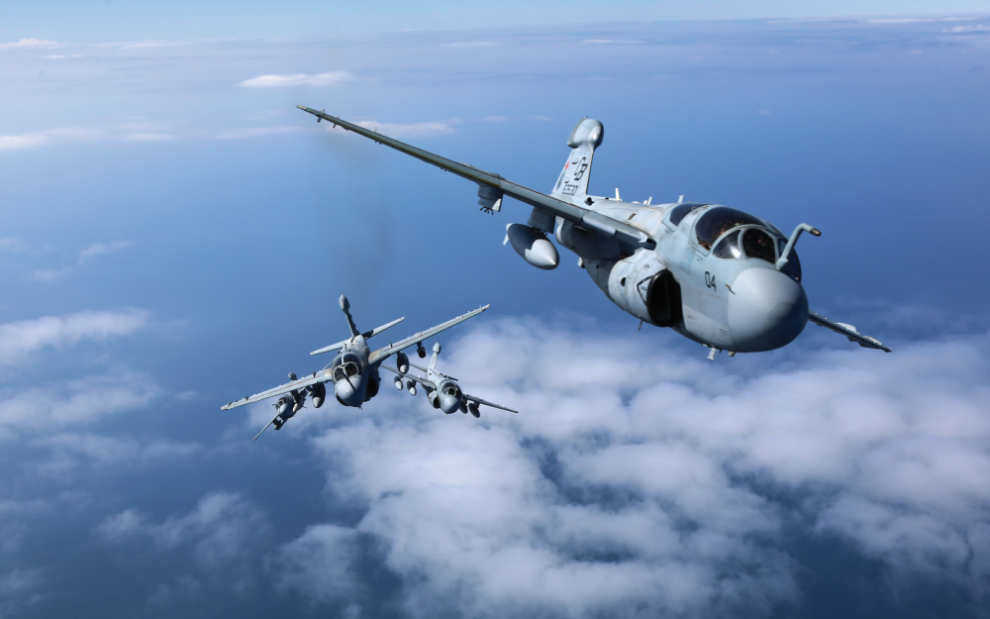Pope Francis was famously not a fan of judging other people, at least not on the individual level. Over the 12-plus years of his pontificate, however, there was one class of people he was ready to make an exception for: arms manufacturers and the people in government who love them. He returned regularly to the theme, deploring the global arms trade and the scandal it represented in a world full of human want and human-authored violence. He called arms manufacturers “merchants of death,” arguing that they actively contributed to destabilization that led to armed conflict, mercilessly seizing opportunities of war-making to reduce stockpiles and test new weapons.
Right up to the last weeks of his life he remained consistent in his condemnation of arms sales and the global masters of war, especially as in Ukraine, Gaza, and Sudan, conflicts seem to occur with greater frequency and greater intensity—and with a higher degree of indifference to the human suffering engendered by war.
How unhappy it would have made him to learn from a report released just a few days after his death that world military expenditures had achieved yet another record year in 2024. According to an assessment from the Stockholm International Peace Research Institute, global spending on arms last year rose to $2.7 trillion, a 9.4 percent spike over spending in 2023 that continued a decade of steady increases. The top five military spenders—the United States, China, Russia, Germany, and India—account for 60 percent of the global total, with combined spending of $1.6 trillion.
According to the logic of war-making, such as it is, the increase in defense spending makes perfect sense. European states and NATO members are rushing to beef up and modernize their armed forces to confront renewed Russian aggression as the war on Ukraine begins its third year and Kremlin ambition turns to other former Soviet possessions in the new Europe. NATO states are also playing catch-up after years of lower spending on defense to make up for deficits they anticipate in the reliability of their U.S. partner. The trend of higher European military spending is likely to continue for years to come.
Meanwhile the Trump administration, amid sharp cutbacks to other outlays, has remained remarkably generous to one docket on the federal budget, pledging in April a first-ever $1 trillion defense budget for 2026. Defense Secretary Pete Hegseth celebrated the commitment on his X social media account: “COMING SOON: the first TRILLION dollar @DeptofDefense budget,” he crowed, as if the figure itself were the only justification necessary for the epic weapons spending.
Most painfully, these increases in arms production and costs are being partly paid for through reduced spending on humanitarian aid. The Trump administration has completely shut down the “soft power” efforts of the U.S. Agency for International Development. This shift is not unique to the United States. Around the world, other powers are similarly stepping back from global humanitarian obligations in order to manage greater military spending costs.
In January, in one of his final comments on military spending, Pope Francis urged that the world’s collective national resources not be divvied up among a gang of already super-wealthy arms manufacturers but instead invested in addressing the needs and vulnerability of people and the planet. “When we place wealth at the service of human dignity,” he said, “we always gain something in return: by promoting the common good, we strengthen the bonds of society in which we all participate.” Channeling wealth and human genius into industries whose products only kill or maim he diagnosed as “madness.”
It is not hard to imagine what our beloved pope might have to say about this latest global spree of defense spending.
This article also appears in the July 2025 issue of U.S. Catholic (Vol. 90, No. 7, page 42). Click here to subscribe to the magazine.
Image: flickr.com/Marine Corps













Add comment